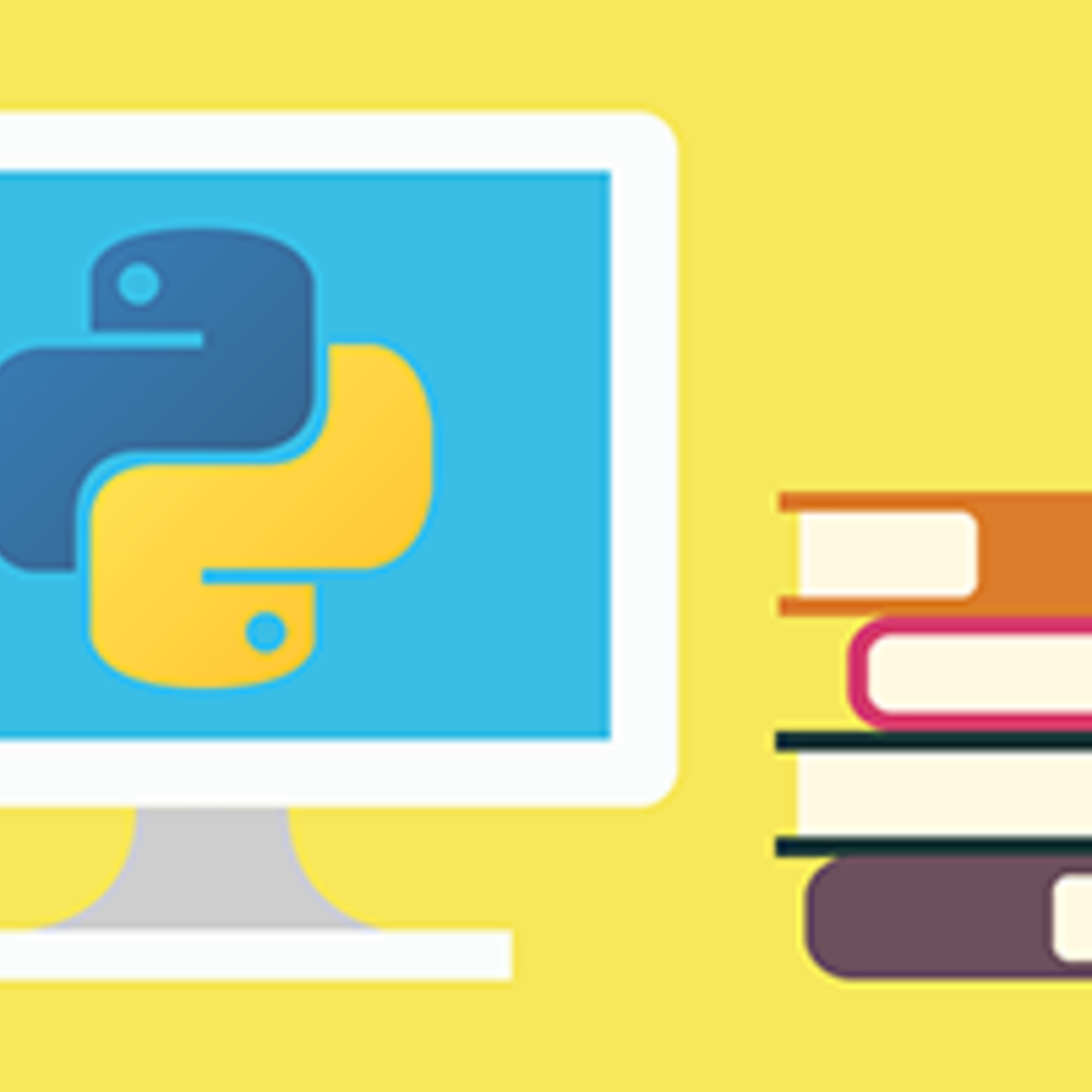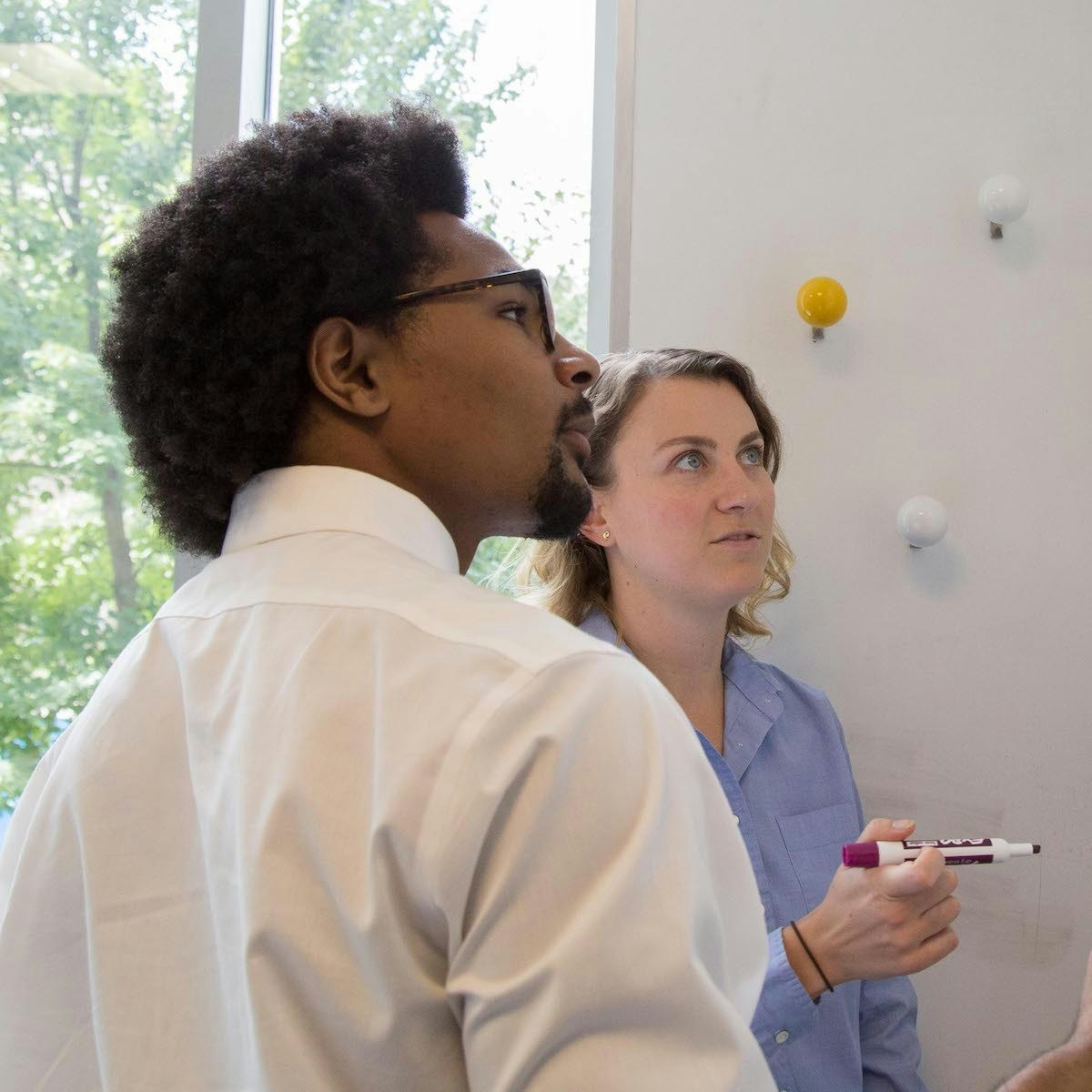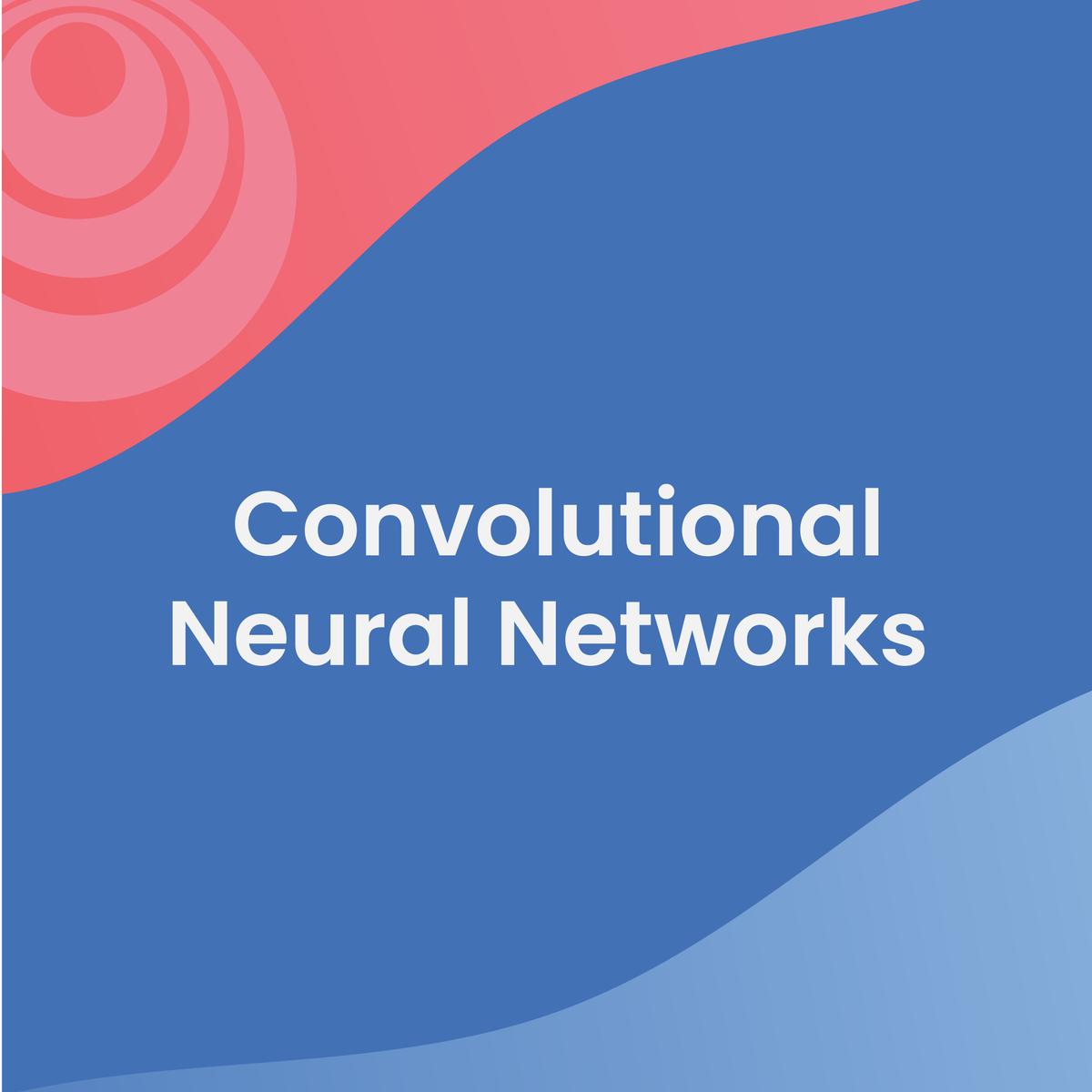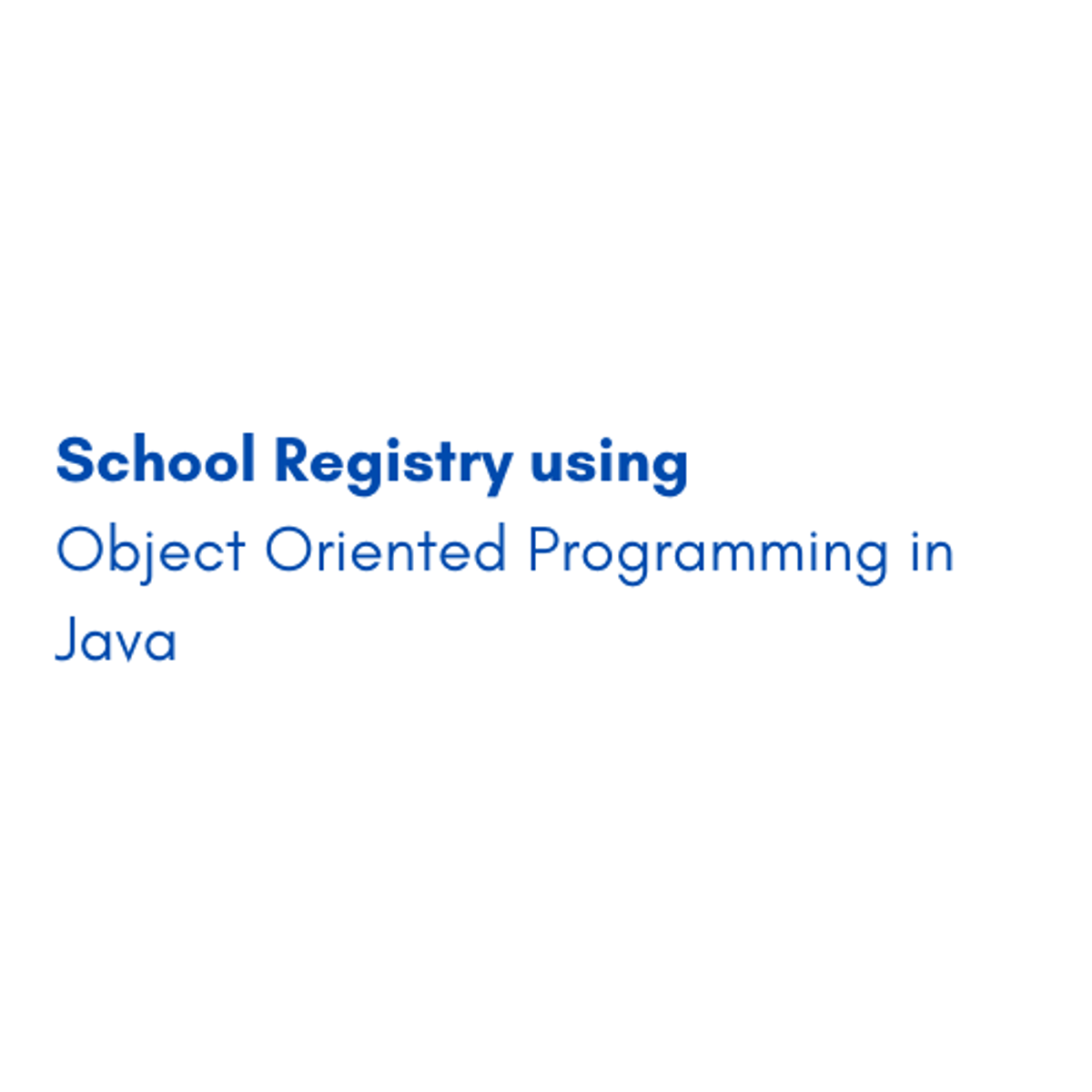Back to Courses









Algorithms Courses - Page 19
Showing results 181-190 of 326
Machine Learning with Python
Get ready to dive into the world of Machine Learning (ML) by using Python! This course is for you whether you want to advance your Data Science career or get started in Machine Learning and Deep Learning.
This course will begin with a gentle introduction to Machine Learning and what it is, with topics like supervised vs unsupervised learning, linear & non-linear regression, simple regression and more.
You will then dive into classification techniques using different classification algorithms, namely K-Nearest Neighbors (KNN), decision trees, and Logistic Regression. You’ll also learn about the importance and different types of clustering such as k-means, hierarchical clustering, and DBSCAN.
With all the many concepts you will learn, a big emphasis will be placed on hands-on learning. You will work with Python libraries like SciPy and scikit-learn and apply your knowledge through labs. In the final project you will demonstrate your skills by building, evaluating and comparing several Machine Learning models using different algorithms.
By the end of this course, you will have job ready skills to add to your resume and a certificate in machine learning to prove your competency.

Learn Object-Oriented Programming with Scala
In this one hour class, you will learn the four pillars of object-oriented programming and apply it by completing a space simulation application. At the end of the class, you will understand the basic principles of object-oriented programming and have a skeleton application that you can modify into a game of other uses.

Writing, Running, and Fixing Code in C
Building on the course Programming Fundamentals, this course will teach you how to write code by first planning what your program should do—an important approach for novice and professional programmers. You will learn how to compile and run your program, and then how to test and debug it. This course builds on the Seven Steps you have already learned and provides a framework for systematically testing for problems and fixing them, so you can find and fix problems efficiently.

Neural Network from Scratch in TensorFlow
In this 2-hours long project-based course, you will learn how to implement a Neural Network model in TensorFlow using its core functionality (i.e. without the help of a high level API like Keras). You will also implement the gradient descent algorithm with the help of TensorFlow's automatic differentiation. While it’s easier to get started with TensorFlow with the Keras API, it’s still worth understanding how a slightly lower level implementation might work in tensorflow, and this project will give you a great starting point.
In order to be successful in this project, you should be familiar with python programming, TensorFlow basics, conceptual understanding of Neural Networks and gradient descent.
Note: This course works best for learners who are based in the North America region. We’re currently working on providing the same experience in other regions.

Convolutional Neural Networks
In the fourth course of the Deep Learning Specialization, you will understand how computer vision has evolved and become familiar with its exciting applications such as autonomous driving, face recognition, reading radiology images, and more.
By the end, you will be able to build a convolutional neural network, including recent variations such as residual networks; apply convolutional networks to visual detection and recognition tasks; and use neural style transfer to generate art and apply these algorithms to a variety of image, video, and other 2D or 3D data.
The Deep Learning Specialization is our foundational program that will help you understand the capabilities, challenges, and consequences of deep learning and prepare you to participate in the development of leading-edge AI technology. It provides a pathway for you to gain the knowledge and skills to apply machine learning to your work, level up your technical career, and take the definitive step in the world of AI.

School Registry using Object Oriented Programming in Java
In this 1-hour long project-based course, you will learn how to create a graphical user interface for a school registry using Java Window Builder. You will be able to identify and apply the four principles of object-oriented programming, which are encapsulation, inheritance, polymorphism and abstraction, to almost any programming language. Throughout the project, you will be able to identify encapsulation and how to use it, comprehend and apply inheritance, use the different forms of polymorphism and finally, apply and use abstraction, in order to create our GUI. By learning Object Oriented Programming, you will be able to create your own Java projects using Eclipse, customized to fit your needs.
Note: This course works best for learners who are based in the North America region. We’re currently working on providing the same experience in other regions.

Automated Reasoning: satisfiability
In this course you will learn how to apply satisfiability (SAT/SMT) tools to solve a wide range of problems.
Several basic examples are given to get the flavor of the applications: fitting rectangles to be applied for printing posters, scheduling problems, solving puzzles, and program correctness. Also underlying theory is presented: resolution as a basic approach for propositional satisfiability, the CDCL framework to scale up for big formulas, and the simplex method to deal with linear inequallities.
The light weight approach to following this course is just watching the lectures and do the corresponding quizzes. To get a flavor of the topic this may work out fine. However, the much more interesting approach is to use this as a basis to apply SAT/SMT yourself on several problems, for instance on the problems presented in the honor's assignment.

Personal Desktop Notifier in Python: Covid-19 notifications
By the end of this project, you will create personalized Desktop notifications using python. You will be able to effectively use different python libraries to fetch data from the internet, process the data, and present the data as notifications. In this project, we will make a Covid-19 news notification to help to be always updated about the current situation.
Python language is one of the most accessible programming languages available because of Its simplified syntax that gives emphasis on natural language. It is highly used in machine learning and data science applications which are some of the biggest trends in computer science right now. It is also supported by many corporations such as Facebook and Amazon. It is specially adapted by Google making it the number one choice for many programmers and engineers.
Note: This course works best for learners who are based in the North America region. We’re currently working on providing the same experience in other regions.
The Fundamentals of Computing Capstone Exam
While most specializations on Coursera conclude with a project-based course, students in the "Fundamentals of Computing" specialization have completed more than 20+ projects during the first six courses of the specialization. Given that much of the material in these courses is reused from session to session, our goal in this capstone class is to provide a conclusion to the specialization that allows each student an opportunity to demonstrate their individual mastery of the material in the specialization.
With this objective in mind, the focus in this Capstone class will be an exam whose questions are updated periodically. This approach is designed to help insure that each student is solving the exam problems on his/her own without outside help. For students that have done their own work, we do not anticipate that the exam will be particularly hard. However, those students who have relied too heavily on outside help in previous classes may have a difficult time. We believe that this approach will increase the value of the Certificate for this specialization.

Design and Develop an Obstacles Game using Pygame in Python
By the end of this project, you will be able to create a fully functioning Obstacles Game using Pygame in Python. You will be able to import modules, to design a game using pygame such as how to change font, its size, its color and the size of the display window. You will also be able to import a picture, move it in x and y direction and draw obstacles and move them. Moreover, you will be able to display text in your window and change its font, color and position. Learning pygame will help you to learn about game development, computer graphics and sound libraries designed to be used with the Python programming language , which you will acquire the important steps to be a game developer.
This guided project is for intermediate learners in the field of game development and computer graphics. It provides you with the important steps to be a game developer. Moreover, it equips you with the knowledge in pygame and python.
Note: This course works best for learners who are based in the North America region. We’re currently working on providing the same experience in other regions.
Popular Internships and Jobs by Categories
Browse
© 2024 BoostGrad | All rights reserved


